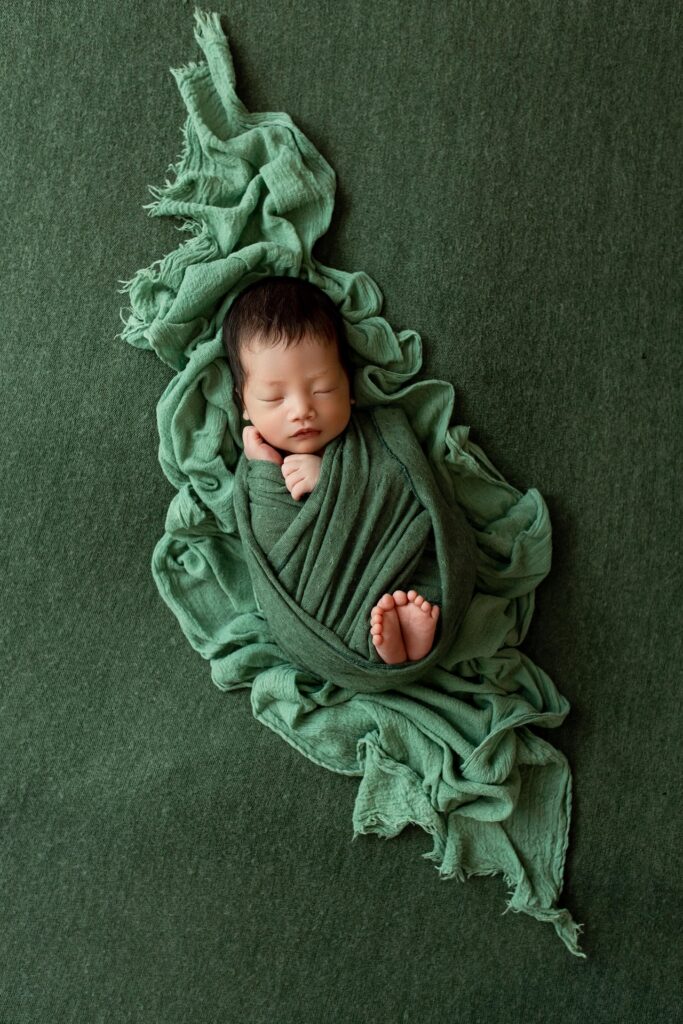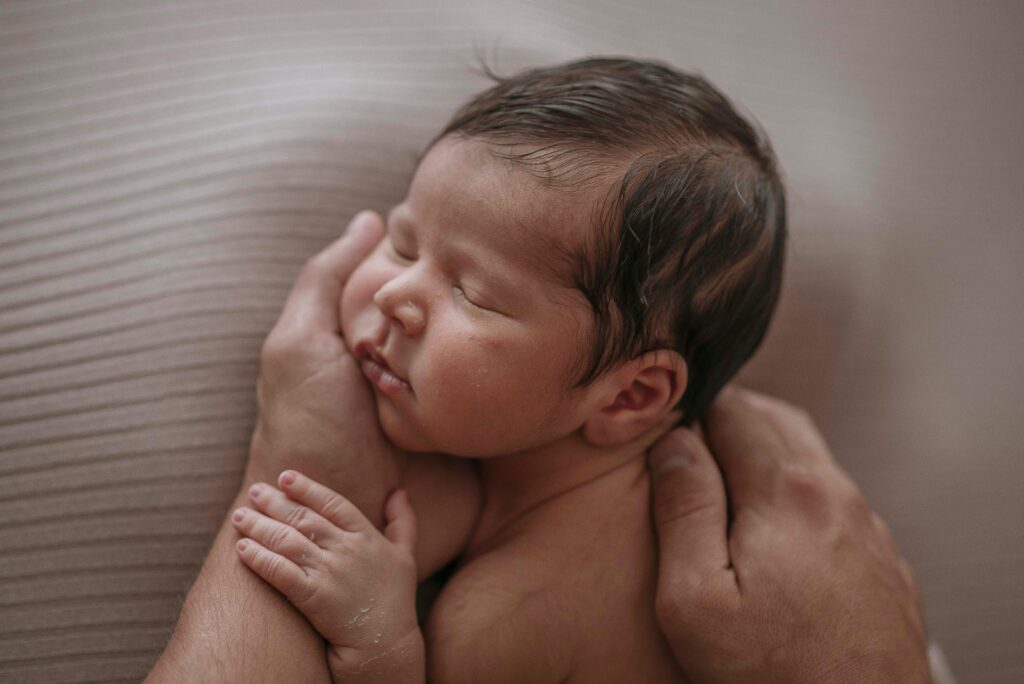Overnight Newborn Care Specialist: What Is It, Why It’s Worth It & How We Do It Better
Overnight Newborn Care Specialist: What Is It, Why It’s Worth It & How We Do It Better Read More »
Concierge Newborn Care & Overnight Support, Postnatal Sleep HealthOvernight Newborn Care Specialist: What Is It, Why It’s Worth It & How We Do It Better Pregnancy and early parenthood often means surviving on fumes of sleep. If you are expecting your baby or juggling postpartum recovery, important work, or emotional strain, overnight newborn care can be a lifeline. But which service is right for you, and is the premium worth it? In this blog, we’ll define what overnight newborn care means today, compare traditional agencies vs concierge models, and show why families choose Sleep & Cradle® Health. Hire your Newborn Care Specialist See Course Details Schedule a Free Consult What Is Overnight Newborn Care? Concierge overnight newborn care is a premium service where a trained Newborn Care Specialist (sometimes called a night nurse) provides high-touch nighttime support for your baby from evening through morning or on a 24/7 schedule. Services typically include: Safe nighttime monitoring, including feeding support, diaper changes, burping, and soothing Establishing healthy sleep foundations and early conditioning for independent sleep Managing nighttime feeds (breastmilk, formula, pumping coordination, and paced feeding) Infant monitoring, emotional support, breastfeeding support, and education for parents Tracking sleep, feeding, and behavior patterns to support structured routines Maintaining a calm, discreet, and highly professional household presence for UHNW families This is more than a nanny or sitter; it’s a qualified overnight specialist focused on both your baby’s rest and your recovery. Who Benefits from Overnight Care? This level of support is increasingly common in households that value health, restoration, and performance: Dual-career or high-pressure professionals First-time or new parents seeking expert guidance and support Families recovering from C-sections or difficult births Households with multiple babies or unresolved feeding/sleep challenges Parents without family support or local help In leading UHNW markets across the U.S. — including New York, Los Angeles, Silicon Valley, Miami, Dallas, Houston, Scottsdale, Palm Beach, The Hamptons, Washington D.C., Chicago, and Aspen — Concierge newborn care has evolved from a luxury to an essential family wellness service. Why It’s More Than “Extra Help” Sleep deprivation and exhaustion aren’t merely uncomfortable; it has serious health implications: Increases risk of postpartum depression, blues, lactation difficulty, and anxiety Negatively impacts on their mental health, and emotional regulation Impacts on productivity and focus Worsens bonding and family dynamics Hiring an overnight newborn care specialist isn’t a luxury; it’s a preventive measure that preserves your marriage, mental, and physical well-being. The Concierge Difference: How Sleep & Cradle® Stands Apart Clinical & Digital Integration Our Founder and Chief Medical Officer is a Medical Doctor and Clinical Subject Matter Expert in Postnatal Sleep Health. We don’t send you a generic night nurse; we embed care within a clinically validated, Baby Sleep Telehealth Navigation ecosystem. You get 24/7 Sleep Navigation, breastfeeding support, and sleep support built into your newborn care specialist support. No Agency Markups or Placement Fees Unlike traditional agencies that add high placement fees or hidden markups, we provide direct Concierge newborn care; transparent, premium support without inflated agency costs. You work with us directly from start to finish. Results & Accountability We hold a 100% success in preventing sleep deprivation and restoring family sleep promise for the families we serve. Our model includes data tracking, reporting, and adjustments as needed. Personalized Care Every care plan is bespoke. Need split shifts, partial nights, or special feeding routines? We tailor, not force-fit. Supporting Tools You’ll also have access to our Baby Sleep Telehealth Navigation, real-time decision support at no extra cost to you. Investment & ROI While overnight care seems costly, the return is compelling: Faster postpartum recovery and better mood More mental clarity, productivity, and emotional resilience Stronger partner connection and reduced stress Increased breastfeeding success Lasting sleep routines that outlast the service Even one restful night can cascade into better decisions, calmer feeding, and healthier attachment. What to Look for in an Overnight Newborn Care Specialist Use this checklist when comparing providers: Formal training or certification in newborn care Background checks, CPR, First aid, liability coverage Professionalism Past references Ethical standards Discretion Emotional Intelligence Digital Footprints Empathy and Compassion Educational background Communication skills Concierge care Health seeking behaviour Sleep & Cradle® Health ticks every box, and more. Let’s be your Newborn Care Partner If you’re seeking specialized care, more than a babysitter, nanny, or Au pair, but a true newborn care partner, we’re here. Book Your Private Consultation or explore our Premium overnight newborn care services today. FAQs: Your Questions Answered Q: How much does overnight newborn care cost? Costs vary by market and qualifications, typically ranging from $35–$85+ per hour in U.S. metro areas. A concierge model removes placement or matching fees. Q: Is overnight care safe and trustworthy? Yes, when you vet for credentials, background checks, and experience. Our specialists are trained in newborn care, sleep safety, establishing a tailored sleep schedule, breastfeeding support, ethics, communication skills, and crisis protocols. Q: How many nights do I need it for? We require a minimum of 30 nights with 12 hours per night to deliver consistent, tailored sleep outcomes. This commitment allows us to fully integrate your baby’s sleep schedule with holistic, hands-on care, starting from day one. It’s not just support, it’s transformation. Q: Can I combine overnight care with your sleep telehealth services? Yes. All overnight care clients receive complimentary access to our Baby Sleep Telehealth Navigation Program, providing daytime support from pediatric sleep experts at no extra cost. For families on our 24/7 in-home care, your dedicated expert is present in your home throughout the entire engagement, ensuring seamless, around-the-clock care and continuity. Cynthia Unuigbe, MD. Dr. Cynthia Unuigbe is a Medical Doctor, health tech innovator, and Founder of Sleep & Cradle® Health. A Subject Matter Expert in Postnatal Sleep Health, Certified Pediatric Sleep Consultant, and Newborn Care Specialist, she has over a decade of experience transforming sleep health for families with children aged 0–5. Her global expertise spans work with the World Health Organization and leadership in maternal–child health initiatives across Africa and the United States. In the U.S., she is redefining









